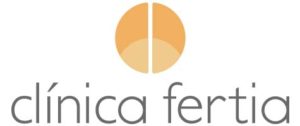Embryo donation
What is Embryo donation?
Embryo donation is an act of solidarity – it is defined as giving unused embryos after a fertility treatment, to help other couples achieve pregnancy.
Adventages
Disadvantages
This treatment is absolutely legal in our country regardless of the nationality or origin of the recipient.
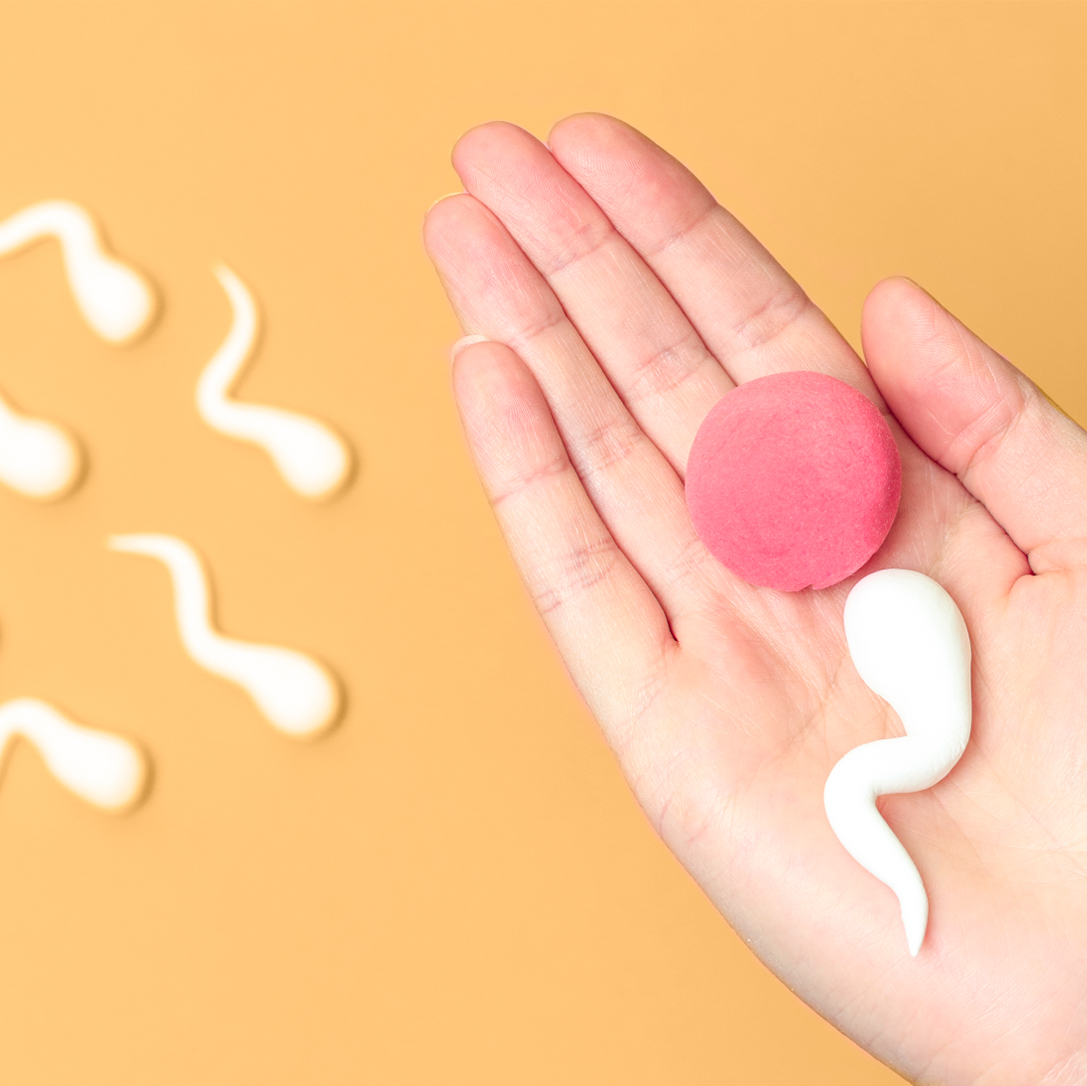
When is Embryo donation indicated?
Embryo donation is indicated in cases of:
Single women.
Sterility of female and male causes.
Genetically transmissible disease.
Pregnancy rate
by Embryo donation
Clinical pregnancy rate showing a heart beat:
%
Pregnancy rate
Technique for embryo adoption
- 1. The selection of the embryos
- 2. Preparation of the recipient
- 3. Embryo transfer
- 4. Confirmation of pregnancy
- 5. Ultrasound scan
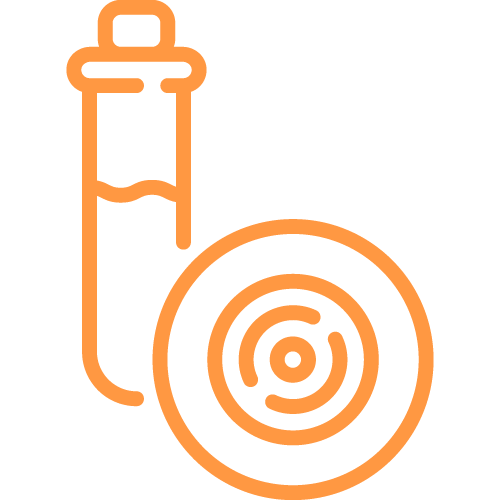
The laboratory personnel at Clínica Fertia selects the most optimal embryos in each case, taking into account the physical characteristics of the couple.
Donors of these embryos have undergone extensive tests to rule out any infectious diseases and have already achieved their goal of becoming parents.
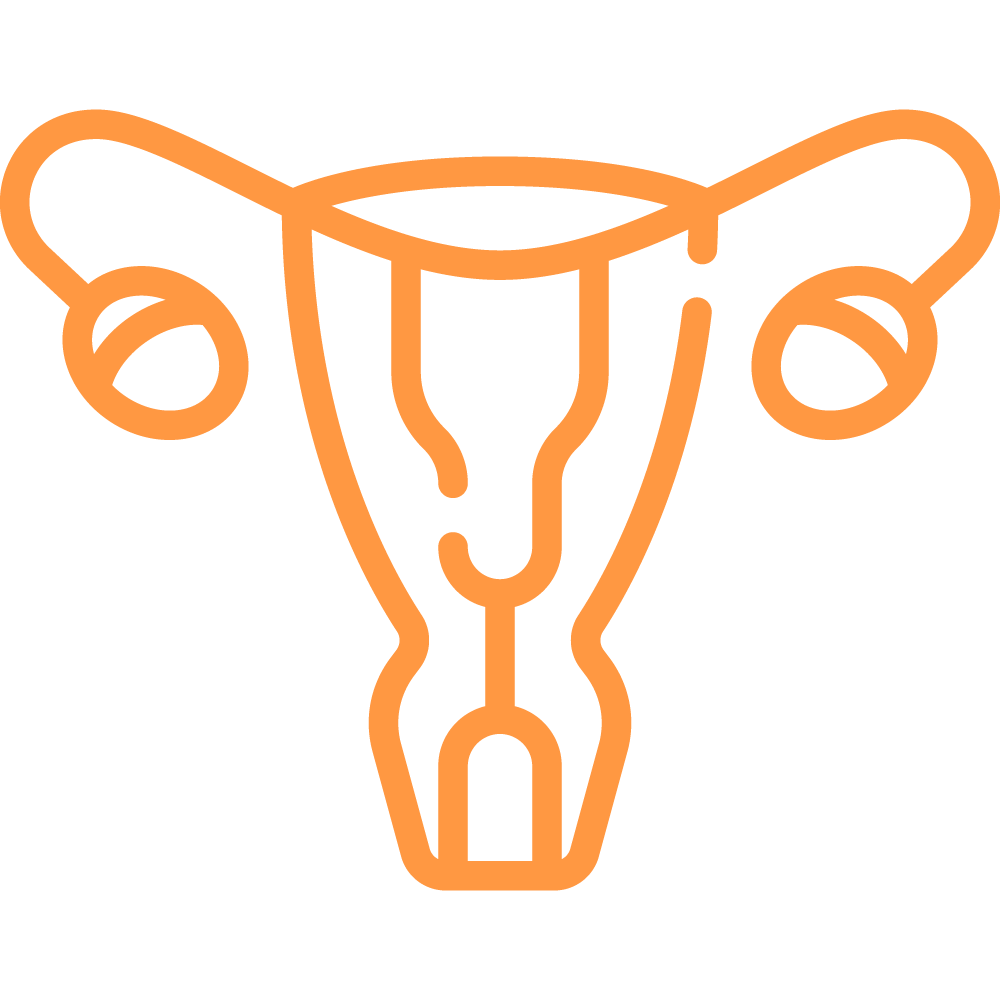
Embryo donation is carried out in a natural cycle or by hormonal treatment.
If embryo donation with a natural cycle is chosen, the recipient must maintain regular cycles, the cycle is monitored by ultrasound control observing the development of the follicle and the precise moment of the LH surge, which marks the moment of ovulation. A vaginal progesterone support regimen is then started and the day of transfer is scheduled.
In some cases, the use of hormonal treatment is chosen because,
- The recipient is in menopause, has irregular cycles, does not develop an adequate endometrium during her natural cycle.
- She lives far from our clinic and scheduling her travel on a specific day is complicated. In these cases, the transfer date can be programmed.
First of all, we ensure the cessation of ovarian activity in the recipient, for which we usually use contraceptives or a single dose of GNRH analogues, except in women who are already in menopause in which case it is not necessary.
Next, an oestrogen substitution regimen is started, either orally or by transdermal patches, to ensure adequate preparation of the endometrium, where the embryos will be deposited. During this process, one or two ultrasounds will be performed to verify that the endometrium has reached the desired size. At that time, additional vaginal progesterone therapy is started, and the transfer day is scheduled.

This consists of the introduction of the embryos inside the uterine cavity. To do this, a speculum is placed in the vagina and a fine cannula is inserted that carries the embryos which are deposited in the uterus under ultrasound guidance. This process is quick and painless.
After the transfer we recommend relative bed rest during the rest of the day and the following day, after which the woman can return to her usual activities.
Our only recommendation is to avoid vigorous physical activities and sports during the two weeks after the transfer. Travelling and driving are not seen as a problem.
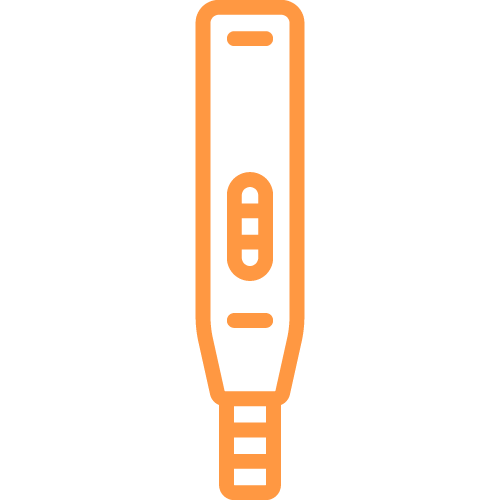
Alternatively, a urine test can also be done 14 days after the embryo transfer.
Until the pregnancy is confirmed, the medication prescribed on the day of the embryo transfer must be continued.

Frequently asked questions about reproduction treatments
If you would like more information about our treatments, we are always available to help and answer any of your questions.
How long do I have to wait to start treatment?
How many attempts can I make?
In the case of artificial insemination, here at the clinic we recommend a maximum of four attempts, since 90% of pregnancies occur in the first four cycles.
Regarding In-vitro fertilisation or microinjection, our clinic never makes more than four attempts using these techniques.
In the case of egg donation, it is more difficult to establish a limit, this will normally be determined by psychological and also economic factors.
Can you use these techniques when you have already entered menopause?
In these cases, the reception of eggs from a donor must be used.
What are the biggest concerns of egg or sperm recipient couples?
Another factor that concerns a couple is the health of the donors and the physical resemblance to them.
In our centre, both in the case of sperm donors and egg donors, our goal is to seek that the physical resemblance is as similar as possible to the parents.
Are these treatments expensive?
Clínica Fertia is a pioneer in maintaining an honest and transparent policy. Since 2002 we have published the information of the cost of our treatments on our website.
